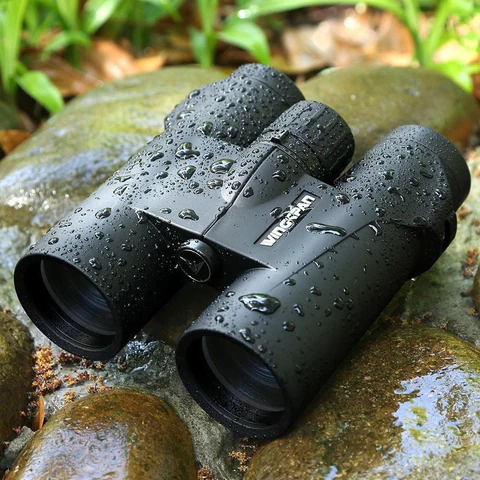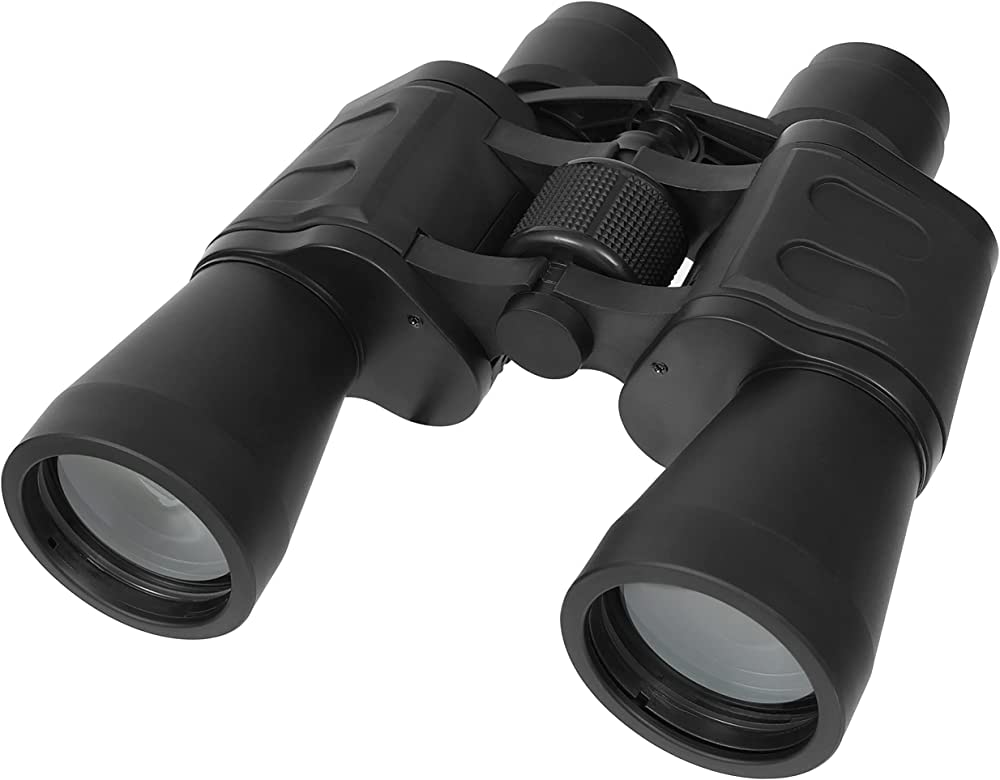Why bird watching is popular
One reason why bird watching is popular is because it offers a chance to connect with nature and appreciate the beauty of birds. It can also be a relaxing and peaceful activity for many people. Bird watching can also provide an opportunity for individuals to learn about different species of birds, their habitats, behaviors, and migration patterns.
When it comes to bird watching equipment, binoculars are one of the most important tools. They allow bird watchers to get up close and personal with the birds without disturbing them or invading their space. The best binoculars for bird watching often have high magnification power, wide field of view, and good image quality. Some popular brands include Nikon, Vortex Optics, and Zeiss.
Overall, bird watching has become a beloved hobby for many individuals due to its rewarding experiences in exploring nature and learning more about the diverse world of avian creatures. Investing in a good pair of binoculars can enhance this experience even further by allowing greater observation abilities while ensuring minimal disturbance to these beautiful creatures.
Magnification power: what to look for
When it comes to choosing binoculars for bird watching, magnification power is an important factor to consider. Magnification power refers to the degree to which the image appears closer and larger through the lenses of the binoculars. Generally, a magnification power of 8x or 10x is recommended for bird watching as they provide a good balance between image detail and stability.
However, it’s important to note that higher magnification doesn’t always mean better. At higher magnifications, the slightest movement can cause shaking and blur in images making it difficult to focus on birds in motion. Additionally, high magnifications can also result in darker images since more light is required with increased zoom.
In addition to magnification power, it’s also crucial to take into account other factors such as objective lens size, field of view and exit pupil distance when selecting binoculars for bird watching. Investing in quality binoculars will not only enhance your birding experience but also ensure long-lasting durability and clarity of vision.
Lens quality: why it matters
Lens quality is one of the most important factors to consider when selecting binoculars for bird watching. High-quality lenses provide crisp and clear images, making it easier to spot birds in their natural habitats. Inferior lenses, on the other hand, can result in blurry or distorted images that are difficult to interpret.
In addition to image clarity, lens quality also affects the brightness of the image. High-quality lenses typically have a larger aperture, which allows more light into the binoculars and results in brighter images. This is particularly important when bird watching in low light conditions such as early morning or late afternoon.
Overall, investing in high-quality lenses is crucial for any serious bird watcher. Not only do they improve visibility and accuracy, but they also enhance the overall experience by providing a closer connection with nature.
Field of view: how wide should it be?
When it comes to bird watching, having a wide field of view is essential. This allows you to easily spot birds in their natural habitat and track their movements without having to constantly readjust your binoculars. But how wide should your field of view be?
Generally speaking, a field of view between 400-450 feet at 1000 yards is considered good for bird watching. This range allows you to capture a large area while still maintaining crisp and clear image quality. It’s important to keep in mind that the wider the field of view, the more expensive the binoculars can become.
Ultimately, determining the perfect field of view for you will depend on personal preference and budget. Some bird watchers may prefer a wider or narrower field of view depending on what types of birds they are observing and where they are located. It’s best to try out different options before making a final decision on which binoculars will work best for your needs.
Weight and size: portability vs. stability
When it comes to choosing the best binoculars for bird watching, weight and size are important factors to consider. On one hand, portability is crucial for birders who need to travel light and cover long distances on foot. Lightweight binoculars that can be easily carried in a backpack or pocket are ideal for this purpose. However, too much emphasis on portability may compromise stability and image clarity, especially during prolonged use or in windy conditions.
On the other hand, stability is essential for bird watchers who want to observe birds at close range or in low-light conditions. Large-sized binoculars with wider objective lenses provide better light-gathering ability and sharper images than small-sized ones. Additionally, heavier binoculars offer better balance and steadiness when viewing moving targets such as birds in flight. However, bulky binoculars may be cumbersome to carry around and may cause fatigue after extended periods of use.
In conclusion, the choice between portability and stability depends on individual preferences and intended usage of the binoculars. While lightweight models are suitable for casual birders who prioritize convenience over performance, serious bird watchers should opt for larger-sized models that offer superior optical quality and steady handling even under challenging conditions.
Budget options: recommendations for every price range
For those on a tight budget, the Celestron Nature DX 8×42 is a great option. Priced under $150, these binoculars offer high-quality optics and are both waterproof and fog proof. The wide field of view makes them ideal for bird watching.
If you have a bit more to spend, the Vortex Optics Viper HD 10×42 is an excellent mid-range option. These binoculars are priced around $500 but provide exceptional clarity and color resolution. They are also lightweight and compact, making them easy to carry in the field.
For those with a larger budget, the Swarovski EL 10×42 is widely considered one of the best binoculars for bird watching on the market. At over $2,000, they certainly come with a hefty price tag but provide unparalleled brightness, sharpness, and color accuracy. They also have a comfortable grip and ergonomic design that allows for hours of comfortable use in the field.
Conclusion: the best binoculars for bird watching
In conclusion, the best binoculars for bird watching are those that provide a clear and bright image with enough magnification to get a close-up view of the birds. The size and weight of the binoculars play an important role as well, since they will be carried around for extended periods of time.
One highly recommended model is the Vortex Optics Diamondback HD Binoculars, which offer excellent optical performance, durability, and comfort. They also come in different sizes and magnifications to fit different preferences and needs.
Another top option is the Nikon Monarch 5 Binoculars, known for their crisp images and wide field of view. These binoculars are designed with lightweight materials for easy handling during long birdwatching sessions.
Ultimately, choosing the best binoculars for bird watching comes down to personal preference and budget. It is recommended to try out different models before making a final decision in order to find the perfect fit for your specific needs.



